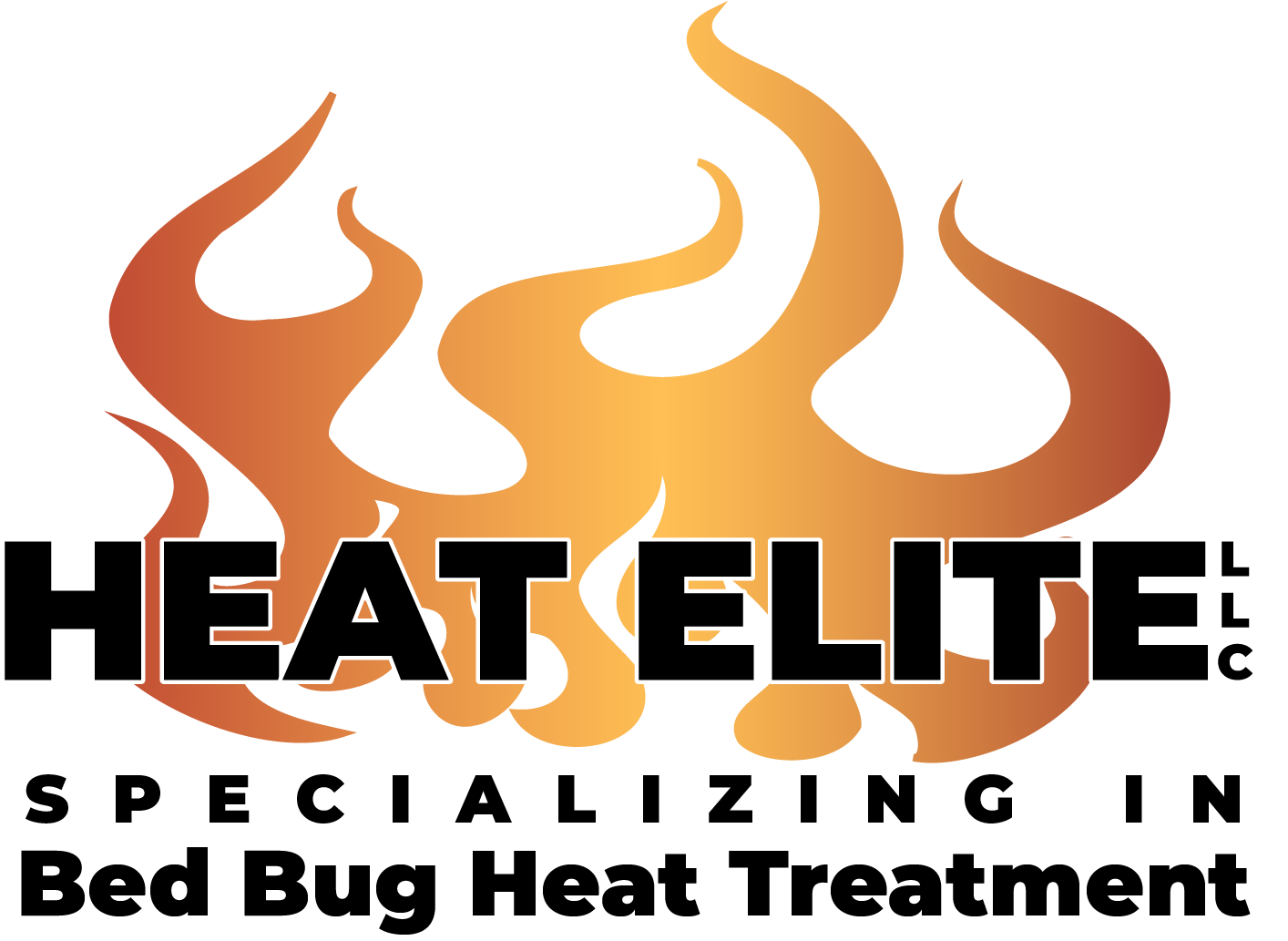Why is Heat
Treatment Superior
Eliminate All Bed Bug Infestations
Heat is a superior solution to eliminate bed bug infestations. This non-chemical, non-toxic approach penetrates wall cavities, mattresses, and other hard-to-reach locations to kill bed bugs. By applying heat evenly throughout a structure, we can kill bed bugs wherever they are hiding, something many other treatments cannot achieve in a single treatment. Heat will kill all of the growth stages of the bed bug including the eggs. This is an important fact given that not all current pesticide control methodologies kill bed bug eggs. This means that often Heat can eradicate the entire bed bug population in a single treatment.
There is considerable documentation citing the temperature and time correlations necessary to kill bedbugs and their eggs. Several sources (Usinger 1966, Gulmahamad 2002, Quarles 2007) report that adults and nymphs die within 15 minutes at temperatures greater than 113ºF and 60 minutes to kill eggs. Raising room temperatures above the thermal death point and maintaining that temperature for several hours typically eliminates a bed bug infestation.
Why It's the Most Effective Bedbug Removal
Get The Right Temperature Going
The temperature required to kill bedbugs and their eggs fall well within the temperature ranges achieved by our treatments. The low thermal death point of bedbugs allows us to better adapt the process to the building and its contents while still achieving efficacy. Unlike many pesticides, heat will penetrate into all of the cracks and crevices and kill bed bugs where they reside. Our heat treatment for bedbugs process will force heat into beds, bedding, mattresses, furniture, electronics, wall cavities, etc. leaving no place for bed bugs to hide. This is important because adult bed bugs have been shown to live up to a year on a single blood meal, and may simply go to a small, dark space away from mattresses to live and reproduce.
Heat vs Chemical
Remove all the Bed Bugs With the Right Heat
Historically, bed bug treatments have relied on the use of chemicals to reduce and control the pest. Recently, pesticides have proven ineffective in managing infestations with single bed bug treatment.
Another concern with pesticide use is the growing evidence that bed bugs are developing resistance to current pesticides used in the treatments. This follows the same trend found many years ago when DDT was the accepted treatment. The Integrated Pest Management Association found that by 1956, DDT resistance was so widespread that the control method had to be changed to Malathion.
Heat vs Chemical
Widespread around the World
Results from current research conducted by the University of Kentucky show that bed bug resistance to insecticidal products that have pyrethroids as an active ingredient has become significant. The excessive use of pesticide solutions may result in the bed bug developing greater resistance to current methodologies. Often times this leads to overcompensation by increasing amounts of chemicals. This can be a dangerous practice. Heat is a simpler control method that alters a bed bug’s natural environment, making it lethal to the bed bug.
Pesticides can also pose a threat to the environment. DDT was an effective chemical in significantly treating bed bug occurrences in the United States before it was banned in 1972 because of the reproductive effects on birds from chronic exposure to DDT. Bird exposure to this insecticide mainly occurs through the consumption of aquatic and/or terrestrial species that have been exposed to DDT (WHO 1989). Like other chemicals, DDT was able to work its way through the ecosystem and cause adverse health and reproductive effects to many animals in the food chain.
Finally, some people may be sensitive to chemicals as a result of neurological or other medical disorders. These people may not have the option to use safe chemical solutions as part of their control method. Heat is a non-chemical process and therefore is the practical solution for people with chemical sensitivities. It is ideal for treating healthcare facilities, hospitals, and schools where chemicals are not an option.


